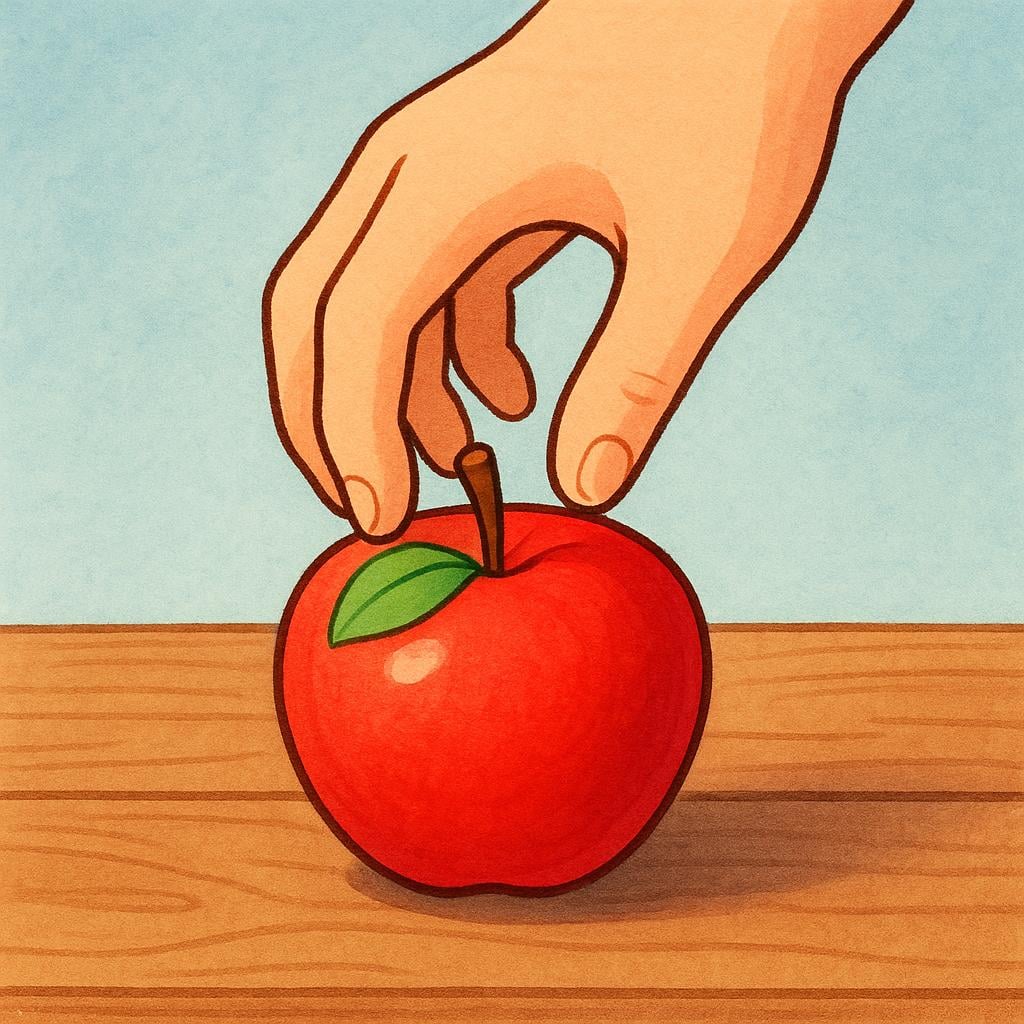tomando
/toh-MAHN-doh/
taking

Tomando (taking) physical possession of an object.
tomando(Verb (Gerund))
taking
?physical possession or acquiring
,grabbing
?physical action
holding
?keeping in possession
📝 In Action
Mi bebé está tomando mi dedo con mucha fuerza.
A1My baby is taking/grabbing my finger very tightly.
El presidente está tomando una decisión importante sobre la economía.
B1The president is making an important decision about the economy.
Ella está tomando notas en la reunión.
A2She is taking notes in the meeting.
💡 Grammar Points
The Continuous Action Form
The word 'tomando' is the '-ing' form (the gerund) of 'tomar'. It always combines with a form of 'estar' (to be) to show something happening right now: 'Estoy tomando' (I am taking).
The Meaning of Tomar
Tomar is one of the most versatile verbs in Spanish. It can mean to take, grab, drink, ride, or even assume a posture or role. Always check the context!
❌ Common Pitfalls
Using 'Tomando' Alone
Mistake: "Tomando mi café."
Correction: Estoy tomando mi café. (You must use 'estar' to form the continuous tense.)
⭐ Usage Tips
Easy Memory Trick
The gerund for all '-ar' verbs ends in -ando. Think: 'tomar' (to take) becomes 'tomando' (taking).

Tomando (drinking) a beverage.
tomando(Verb (Gerund))
drinking
?consuming liquids
taking
?medicine or pills
,having
?a casual drink
📝 In Action
Ella está tomando un vaso de agua porque tiene mucha sed.
A1She is drinking a glass of water because she is very thirsty.
¿Estás tomando la cerveza o el vino?
A1Are you drinking the beer or the wine?
El doctor dijo que ella debe seguir tomando sus antibióticos.
A2The doctor said she must continue taking her antibiotics.
💡 Grammar Points
Drinking vs. Taking
While 'beber' means strictly 'to drink,' 'tomar' is far more common in Spanish for having a drink or a beverage.

Tomando (taking/using) public transportation.
📝 In Action
Estamos tomando el tren ahora mismo. Llegaremos pronto.
A2We are taking the train right now. We will arrive soon.
Si llueve, terminaremos tomando un taxi a casa.
B1If it rains, we will end up taking a taxi home.
❌ Common Pitfalls
Using 'Llevar' for Transport
Mistake: "Estoy llevando el bus."
Correction: Estoy tomando el bus. (In Spanish, 'llevar' means 'to carry' or 'to transport someone else,' not 'to ride' a vehicle.)
⭐ Usage Tips
Quick Transport Tip
For bus, train, or subway, always use 'tomar' (tomando) to mean 'using' or 'riding' that mode of transport.
✏️ Quick Practice
💡 Quick Quiz: tomando
Question 1 of 2
Which English translation is NOT a common meaning of 'Está tomando'?
📚 More Resources
Frequently Asked Questions
What is the grammatical role of 'tomando'?
'Tomando' is the present participle, or gerund, of the verb 'tomar'. Its main job is to combine with 'estar' (to be) to form continuous tenses, showing an action happening right now (e.g., 'estoy tomando').
Can I use 'tomando' for consuming food?
Yes, but it is much more common to use 'tomando' for drinks and medicine. For solid food, it's generally better to use 'comiendo' (eating).